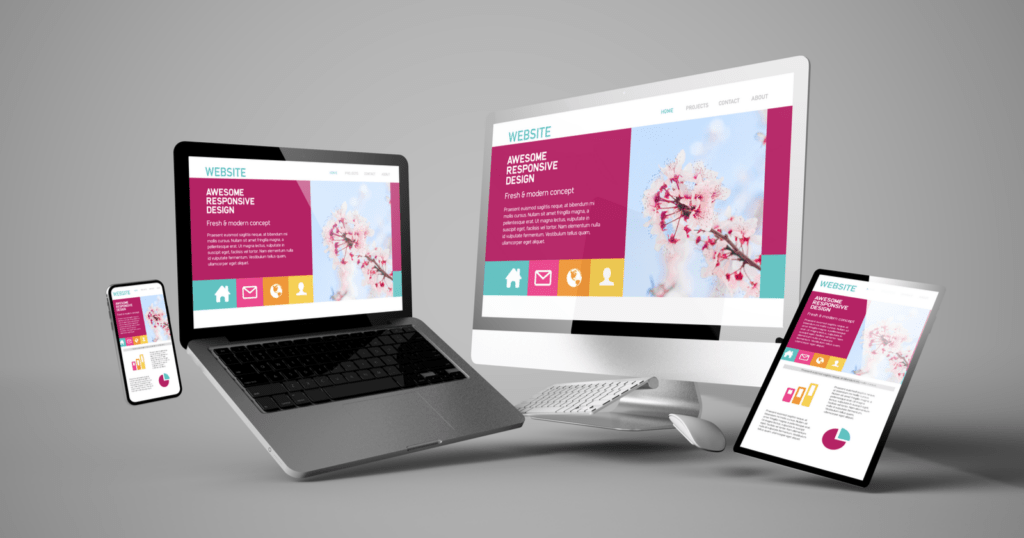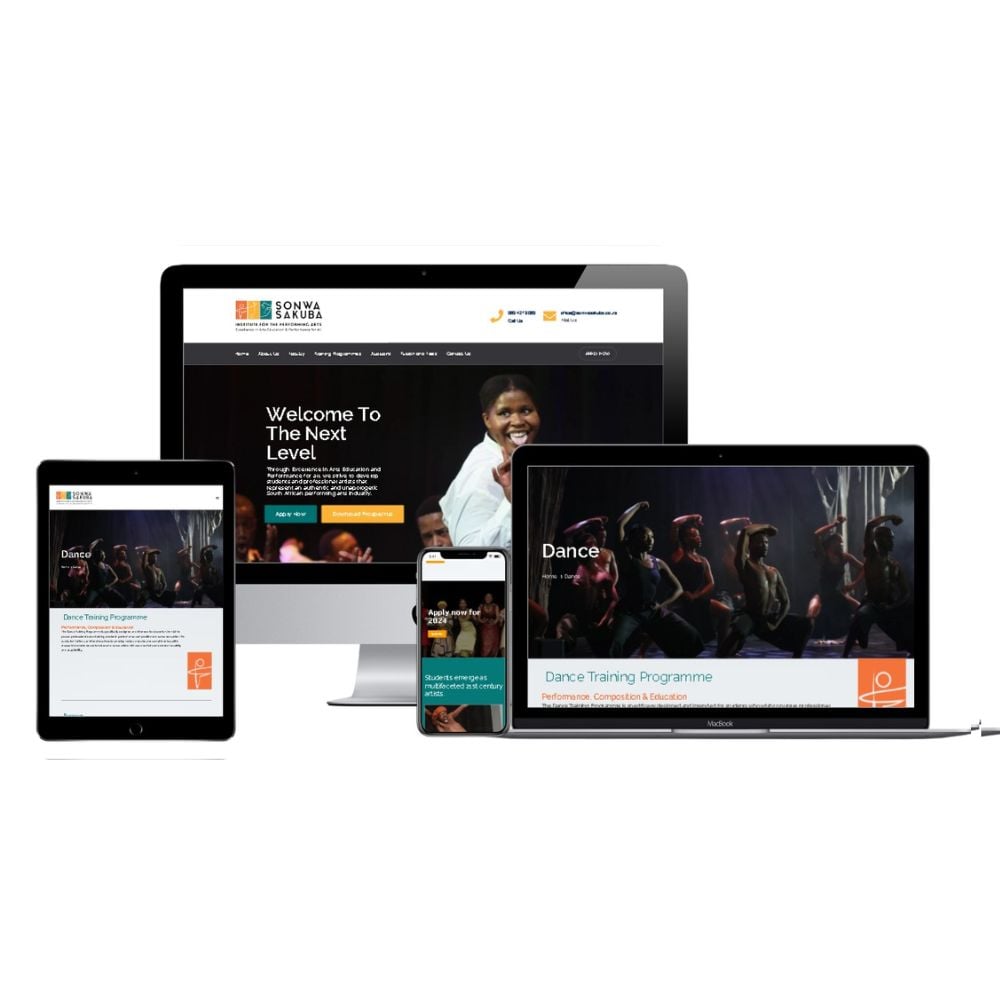Skilled Website Design for Businesses Looking to Boost Leads
Skilled Website Design for Businesses Looking to Boost Leads
Blog Article
Top Tips for Creating an Impactful Internet Site Layout That Transforms
In today's electronic landscape, the importance of an impactful internet site style can not be overemphasized, especially when it comes to converting visitors into clients. To attain this, one need to consider a selection of aspects, including recognizing the target audience, focusing on customer experience, and optimizing for mobile systems. Additionally, the calculated use compelling call-to-actions and a well-defined visual hierarchy plays a critical role in assisting users with their journey. As we discover these essential elements, it ends up being obvious that the success of your site pivots on greater than just aesthetic appeal; it requires a thoughtful technique to style and performance.

Understand Your Target Audience
Recognizing your target market is fundamental to reliable web site layout, as it prepares for producing an appealing individual experience. Identifying that your customers are, including their demographics, preferences, and behaviors, makes it possible for developers to customize the website's content, format, and performance to fulfill specific requirements.
Performing thorough market study is crucial in this process. Surveys, meetings, and analytics can supply valuable understandings into customer assumptions and discomfort factors. By assembling this information, designers can create user identities that stand for various sectors of the target market, guaranteeing that design decisions are informed and pertinent.
Furthermore, comprehending the target market helps in selecting suitable style aspects such as color design, typography, and imagery that resonate with individuals. A site that talks straight to its audience cultivates a feeling of link and trust fund, urging longer sees and greater conversion prices.
Eventually, a user-centered method to site layout not just enhances customer satisfaction however also supports company purposes by driving interaction and commitment. By prioritizing the demands and preferences of the target audience, an internet site can properly offer its function and achieve wanted results.
Prioritize Individual Experience
To enhance the total efficiency of a website, focusing on user experience (UX) is crucial (Website Design). A properly designed UX makes sure that site visitors can browse the site easily, discover information swiftly, and engage with content meaningfully. This leads to boosted customer fulfillment and greater conversion prices
Begin by applying intuitive navigation. Menus must be realistically structured, allowing customers to situate essential areas of the website with marginal initiative. Uniformity in layout aspects, such as color pattern and typefaces, cultivates knowledge, which is crucial for preserving user interaction.
In addition, consider the filling speed of your site. A hold-up of simply a few secs can cause considerable drop-offs, as individuals are less likely to wait for a slow-loading web page. Streamlining images and optimizing code can boost performance and retain site visitors.
By prioritizing user experience, you not only develop a more enjoyable atmosphere for visitors yet also reinforce your brand's trustworthiness. Inevitably, an emphasis on UX is an investment in the long-term success of your site.
Maximize for Mobile Devices
Maximizing for smart phones is critical in today's electronic landscape, where an enhancing number of customers accessibility web sites with smartphones and tablet computers. A mobile-friendly layout not just enhances individual experience however likewise plays a considerable duty in enhancing internet search engine rankings. To achieve this, it is essential to embrace a responsive layout that immediately gets used to different screen sizes and alignments.

Loading speed is another critical variable; mobile users are generally less patient and expect rapid accessibility to info. Optimize pictures and take advantage of web browser caching to enhance efficiency. Lastly, examination your web site on multiple tools and display resolutions to identify and correct any type of navigate to this website prospective use problems. By focusing on mobile optimization, you guarantee that your website stays competitive and efficiently engages a broader audience.
Usage Engaging Call-to-Actions
A website's effectiveness frequently depends upon its ability to guide visitors toward wanted actions, making compelling call-to-actions (CTAs) vital elements of layout. CTAs act as the essential factors that direct individuals to engage with the website, whether that implies purchasing, enrolling in an e-newsletter, or downloading a source.
To create efficient CTAs, clearness is paramount. Usage succinct language that plainly connects the activity you want the customer to take. Phrases such as "Obtain Started," "Subscribe Free," or "Store Now" not just share necessity yet additionally eliminate uncertainty. The positioning of CTAs is similarly important; they need to be tactically positioned throughout the page to ensure they are easily visible, specifically in high-traffic locations.
In addition, the style of CTAs should stand out without being obtrusive. Employ contrasting colors and clear font styles to guarantee they record focus. Additionally, take into consideration making use of directional cues, such as arrowheads or pictures, to lead customers toward these buttons. By concentrating on these components, services these details can considerably enhance user involvement, driving conversions and eventually attaining their website's goals.
Concentrate On Visual Power Structure
Effective internet site layout counts greatly on a well-structured visual pecking order that overviews individuals with web content perfectly. By arranging components in a manner that focuses on information, designers can enhance customer experience and facilitate decision-making. This involves making use of dimension, color, contrast, and spacing tactically to attract attention to the most important components of a webpage.
Making use of bigger fonts for headings and subheadings develops a clear difference between various areas, allowing customers to check content effortlessly. Furthermore, using contrasting shades for buttons and calls-to-action can capture customer interest and urge communication. Whitespace is one more crucial part; it protects against clutter and makes it possible for individuals to focus on key messages without diversions.
Pictures and graphics should complement the message while likewise sticking to the recognized power structure, enhancing the general message (Website Design). Consistency in design components, such as color systems and typography, further reinforces the visual power structure, making navigating intuitive

Conclusion
In final thought, efficient internet site style requires a comprehensive understanding of the target audience, prioritization of user experience, and mobile optimization. Inevitably, a well-executed internet site design offers as an essential part in driving customer activities and accomplishing service goals.
Report this page